'88 Mustang GT convertible, T5, 3.08:1 gears. 5.0 Explobra Jet: A9L Mass Air conversion, Fenderwell Mac cold air intake, 70mm MAF meter = 4.6 T-Bird/Cougar housing + '95 Mustang F2VF-12B579-A1A sensor, aftermarket 70mm throttle body and spacer, Explorer intakes, GT40P heads with Alex's Parts springs and drilled for thermactor, Crane F3ZE-6529-AB 1.7 "Cobra" roller rockers, Ford Racing P50 headers, Mac H-pipe, Magnaflow catback, Walbro 190 LPH fuel pump, UPR firewall adjuster and quadrant with Ford OEM cable, 3G conversion ('95 Mustang V6), Taurus fan, rolled on Rustoleum gloss white paint...
Past Four Eyes: Red well optioned '82 GT 5.0, Black T-top '81 Capri Black Magic 3.3L 4 speed, Black T-top '84 Capri RS 5.0 5 speed.Over 200,000 miles driven in Four Eyes, and over 350,000 in Fox Body cars.








 Reply With Quote
Reply With Quote

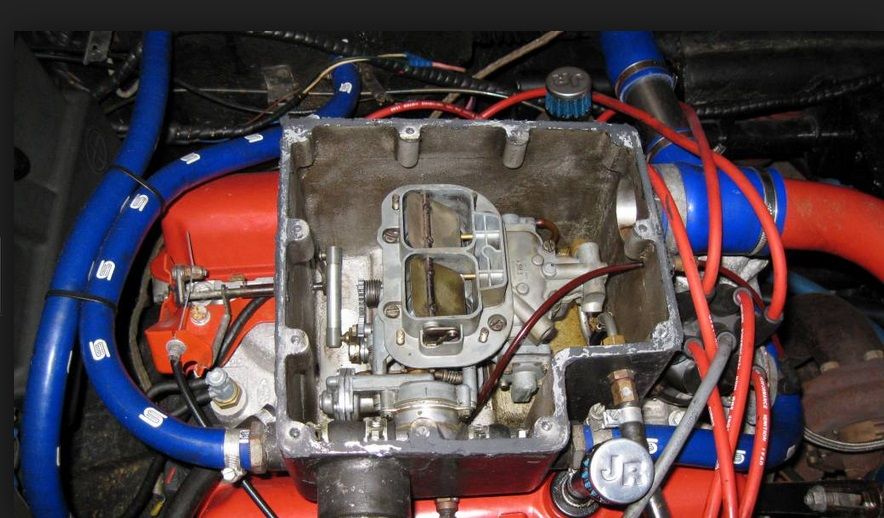

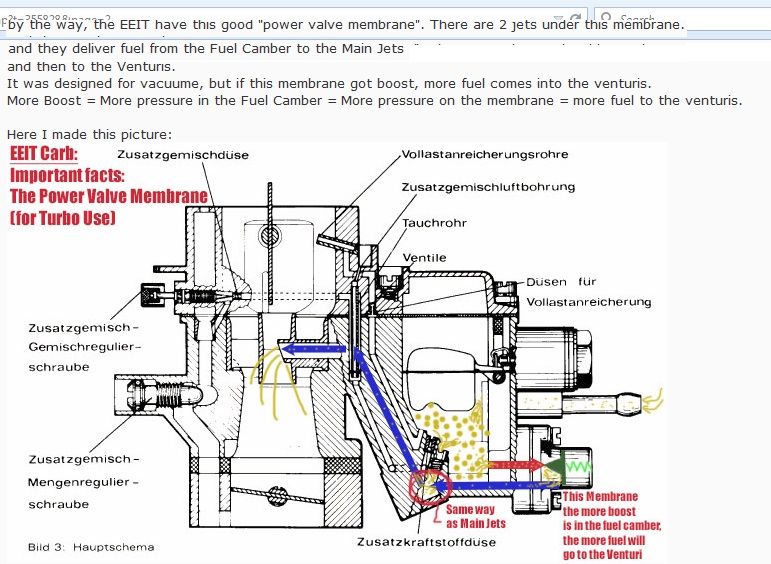



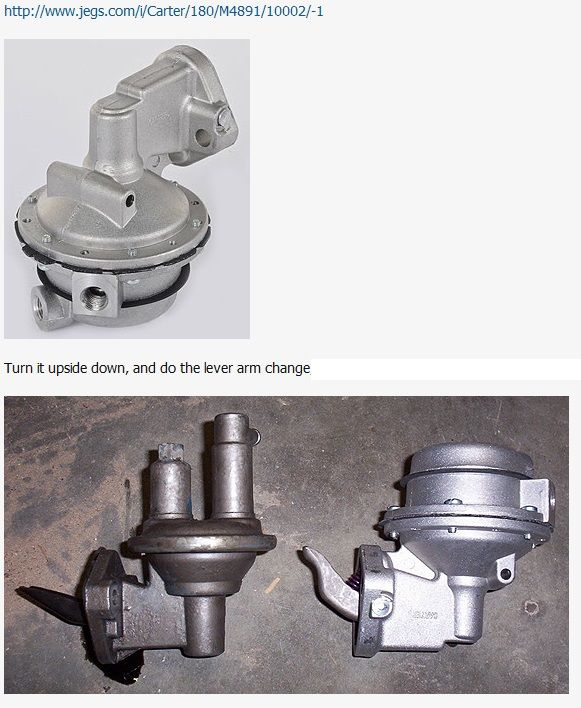
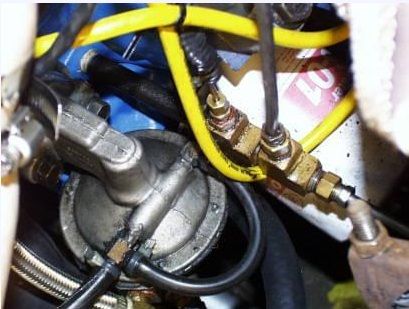
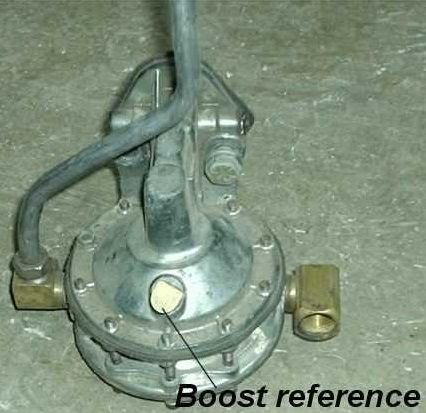
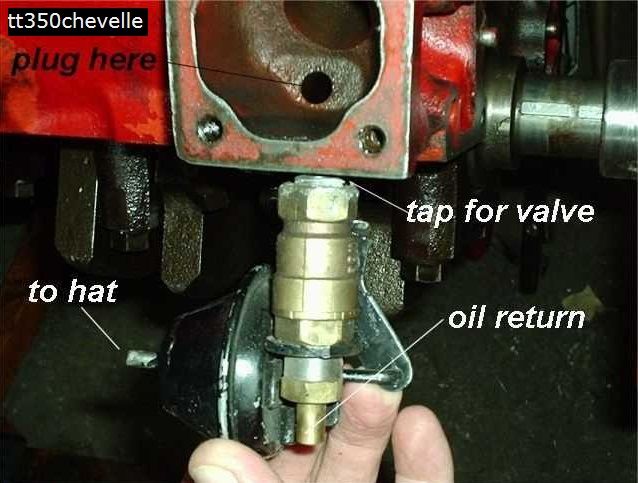
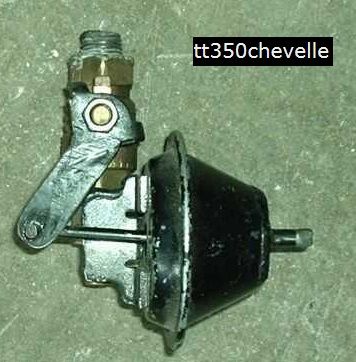

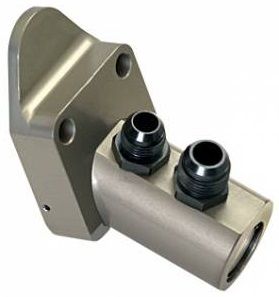
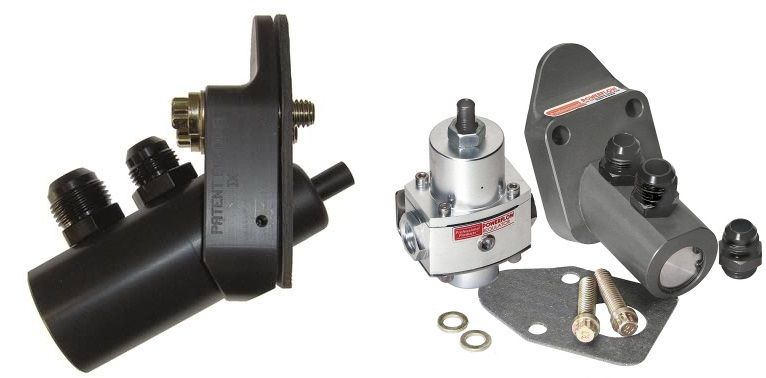

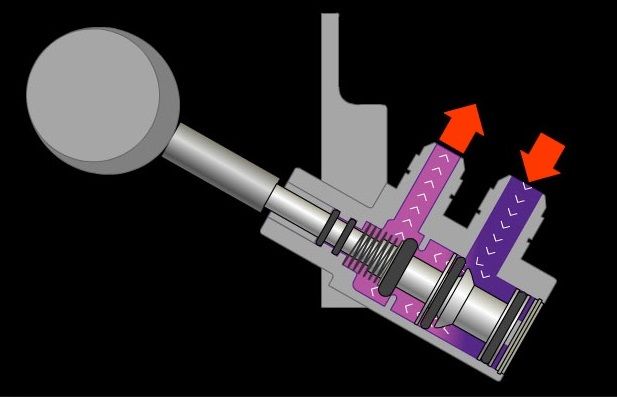

Connect With Us